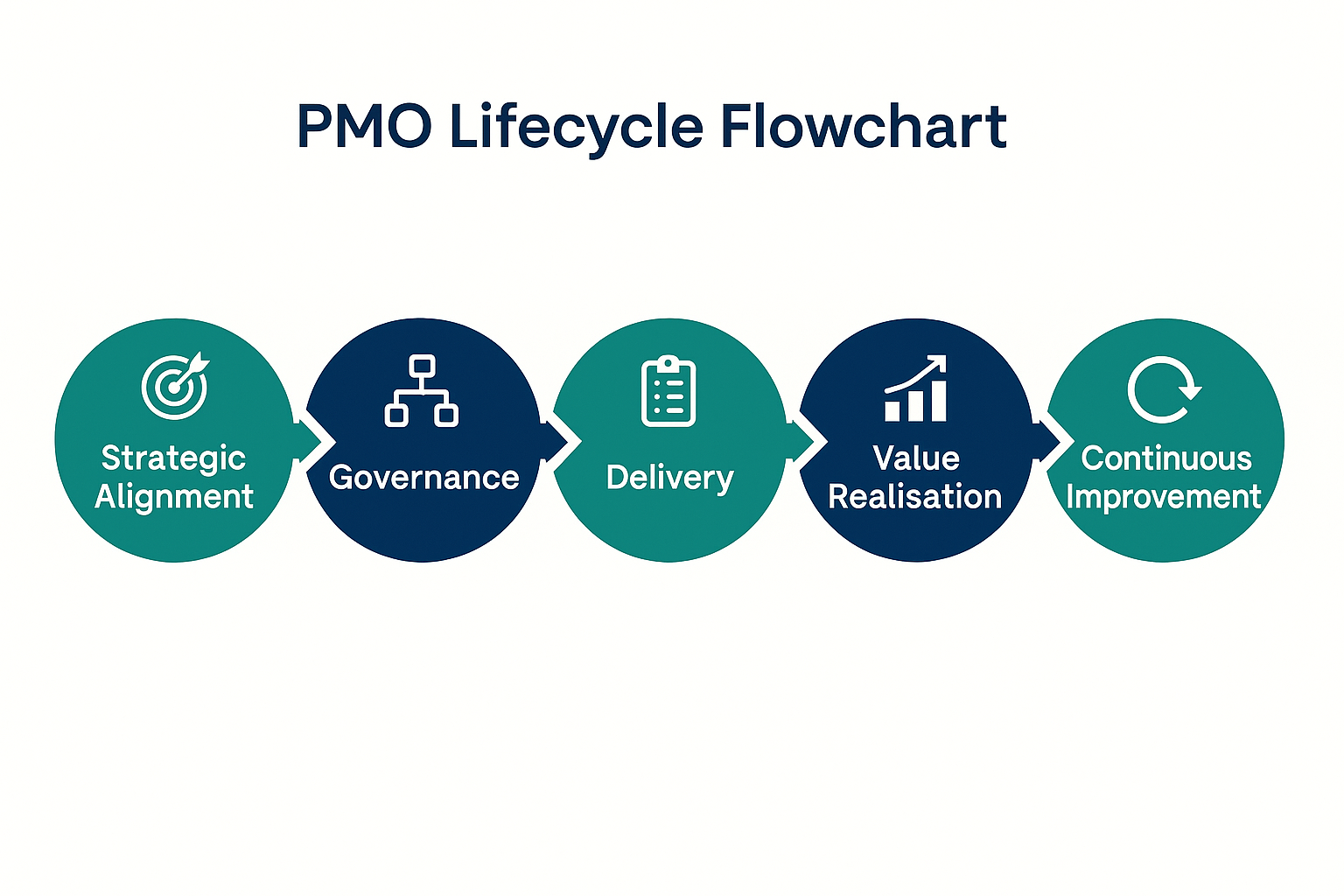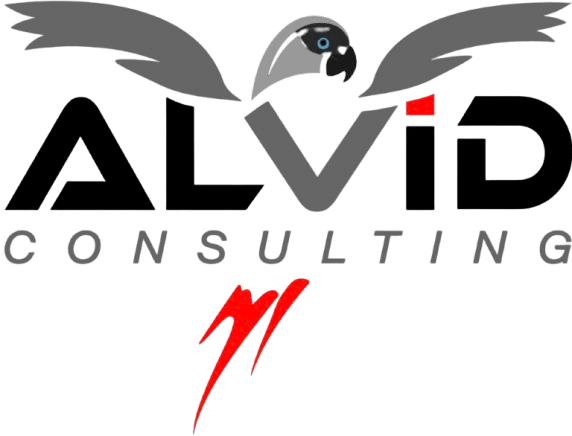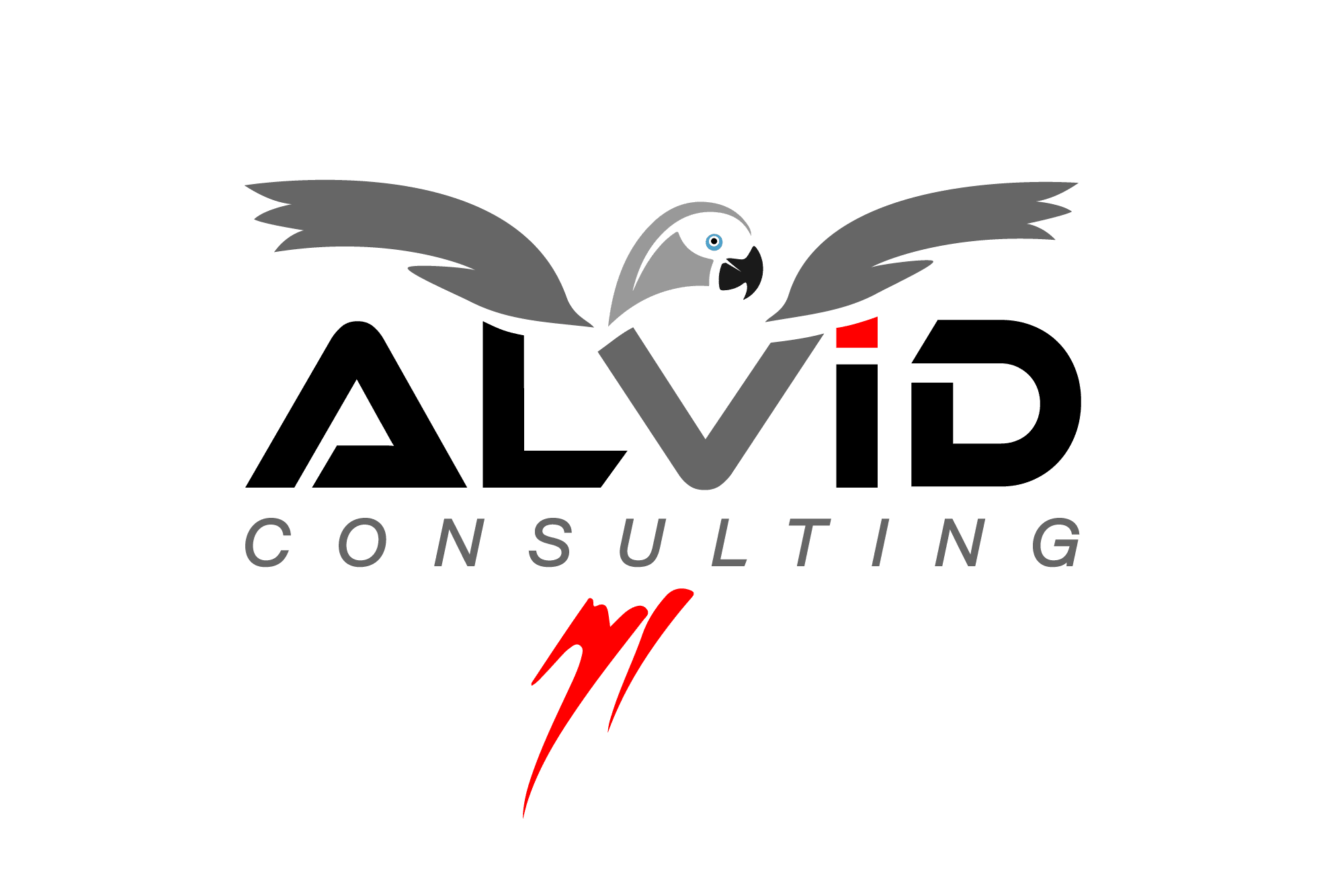The Strategic Role of the PMO: From Support to Value Driver
Introduction:
In today’s complex environment, organizations run multiple projects, programmes, and portfolios, often under shifting priorities, tight constraints, and high stakeholder expectations. A well-implemented PMO becomes not just a support function, but a key strategic partner ensuring alignment, efficiency, and value delivery.

What is a PMO? Definitions & Levels
A Project Management Office is an organizational body that defines, maintains, and ensures the use of project management standards and practices. Its scope can vary, from purely support to controlling or even directive responsibilities. (celoxis.com)
Typologies of PMO (from literature) include:
- Supportive PMO: Provides templates, mentorship, best practices, but relatively low control. (Triskell Software)
- Controlling PMO: Requires compliance to standards, methodologies, governance. (Triskell Software)
- Directive PMO: Manages projects directly, assigns resources, has strong decision‐making authority. (celoxis.com)
These types are not rigid; PMOs often evolve over time (maturity) and may combine elements of multiple types. (SAGE Journals)
Key Functions & Responsibilities of a PMO
Based on best practices and recent empirical research, here are the essential functions a PMO should fulfill to be effective and result-oriented:

Organization of a PMO: Structure & Governance
How a PMO is organized has a big impact on its effectiveness. Below are best‐practice considerations, drawn from empirical studies:
1. Positioning & Authority
- Reporting line: Usually to senior leadership (e.g. C-level, or direct to CEO) to ensure visibility, backing and influence.
- Decision‐making authority: PMOs must have clear, approved authority for governance, resource allocation, enforcement of standards. Without that, they risk being ignored.
2. Scope & Service Catalogue
- Define clearly what services the PMO will provide vs. what remains in project teams (e.g. coaching, reporting, governance, methodology).
- Mandated vs optional services: some services must be enforced (e.g. risk reporting), others may be offered as value add;
3. Roles & Resourcing
- Staff PMO with people who have both project management expertise and good organizational / influencing skills.
- Structure roles inside PMO: e.g. Methodology lead, governance lead, tools / process specialist, resource manager, benefit realisation tracking.
- Ensure capacity is sufficient (not overloaded), and that PMO is not just a “paper” function but has hands and tools.
4. Maturity & Evolution
- PMOs often start as support and then evolve toward controlling or directive as their credibility, capability and stakeholder trust grow.
- Use maturity models to assess current state and plan roadmap for improvements.
5. Governance & Oversight
- Establish steering committee or oversight board (senior sponsors) to set strategy, review performance, provide escalation.
- Define rules for decision-making, review, escalation for projects and resource conflicts.
6. Metrics, KPIs & Continuous Improvement
- Define meaningful KPIs, both quantitative (schedule, cost, scope) and qualitative (stakeholder satisfaction, value, lessons learned) to measure PMO impact.
- Review periodically: what is working / not working; adapt; embed learning.
Best Practices for Getting Results
To move from a PMO that exists to a PMO that delivers real results, here are best practices — honed from research and from world-class examples:
- Strong Executive Sponsorship & Clear Mandate Without leadership support and a clear, communicated mandate, PMOs struggle to enforce governance or get resources. The more strategic the role, the more visible must be the backing from the top. (ResearchGate)
- Align PMO Objectives with Strategy The PMO’s goals must map directly to the organization’s strategic goals. For example, if the strategy is “speed to market”, the PMO should measure lead time, resource bottlenecks etc. If strategy is innovation, include metrics for experimentation, risk taking etc. (ManageMagazine)
- Use Data and Transparency Use dashboards, reporting tools, PMIS to give real-time visibility. Transparency builds trust, allows early detection of problems, promotes corrective action. (celoxis.com)
- Balance Control and Flexibility Overly rigid PMOs provoke resistance; too loose, and chaos. Use hybrid models: have mandatory governance where risk is high, but for lower risk or smaller projects allow more flexibility. Tailor oversight based on project size, risk, strategic impact. (Triskell Software)
- Focus on Value, Not Just Process Deliverables are only part of the story. The PMO must ensure that projects produce business outcomes (ROI, customer satisfaction, cost savings, compliance etc.). Tracking benefit realisation is key. (PMC)
- Continuous Learning & Adaptation Post-project reviews, lesson learned sessions, capturing and sharing best practices, refining methods. Also be ready to adapt as environment, technologies, strategy, regulations change. (PMC)
- Effective Communication & Stakeholder Engagement Regular, honest communication: project status, risks, changes. Engage stakeholders early. Make sure PMO is seen as a partner, not a police. (ManageMagazine)
- Right Tools & Technology Use project / portfolio management software, dashboards, collaboration tools. But tools are enablers — the processes, capability and culture to use them well matter more. (celoxis.com)
Challenges & Pitfalls: What to Avoid
Even with best intentions, many PMOs fall short. These are common obstacles and how to avoid them:

Organizational Practices: Putting It All Together
Here is a suggested roadmap or “organizing framework” to design / position a PMO for high impact, especially in consulting / services or change-oriented organizations like Alvid-Consulting:
- Diagnostic Phase
- Assess current project, programme, portfolio practices. What are the pain points (delays, cost overruns, scope creep, misaligned priorities etc.)?
- Interact with leadership to map strategic goals. Understand what success looks like from their perspective.
- Survey stakeholders (project managers, clients, sponsors) for needs, expectations.
2. Design Phase
- Define mission, vision, mandate for PMO. Determine type (support / controlling / directive) appropriate for your context.
- Determine governance structure, reporting lines, decision authority.
- Define service catalogue: what services PMO will provide (methodology, support, monitoring, risk, benefits, training etc.).
- Design processes, templates, tools; choose technologies.
3. Implementation Phase
- Set up initial team; hire or designate roles. Ensure they have skills required.
- Roll out methodologies, tools. Provide training / coaching.
- Start with pilot projects or in phases, to demonstrate value & iron out kinks.
4. Monitoring & Continuous Improvement
- Define KPIs aligned with value: e.g. % of projects aligned to strategy; on-time/on-budget rate; stakeholder satisfaction; benefits realized vs planned; resource utilization.
- Regular reviews: weekly / monthly reporting; lessons from each project; feedback loops.
- Adapt, iterate: processes, tools, structures evolve.
5. Sustain & Scale
- Embed PMO into culture: leadership’s expectations and behaviour, incentives, recognition of project successes.
- Maintain continuous alignment with evolving strategy.
- Expand PMO scope gradually as maturity increases, always ensuring trust, capabilities, resources scale with expectations.
Case Findings: Empirical Insights from Recent Research
Here are a few findings from recent studies that may be especially relevant:
- A 2024 empirical study found that PMO roles in strategic management, methodology & competency, monitoring & controlling performance, organizational structure & communication, and value sustainability are strongly associated with successful implementation of an organization’s strategic plan. (PMC)
- In that same study, “organizational learning” and “multi-project management” roles were not always found significant in predicting strategic plan success, perhaps because their impact is mediated by other functions, or hinges on how well they are implemented. (PMC)
- Best-practice literature shows that PMOs that evolve from passive support functions to trusted partners delivering executive-level strategic information outperform PMOs that focus only on project administration. (Institut de gestion de projet)
How to Measure Success: Metrics & KPIs
To ensure the PMO is delivering real outcomes, it’s vital to track the right metrics. Here’s a suggested balanced set:
- Strategic alignment metrics • % of projects in the portfolio mapped to strategic goals • % of investments going into highest-priority / high-value projects
- Delivery performance • On time / on budget / on scope rate • Number of projects delayed, cost overruns
- Benefit realisation • Actual vs planned benefits (financial, non-financial) • Stakeholder satisfaction with outcomes • Return on Investment (ROI), Total Cost of Ownership where applicable
- Resource efficiency • Resource utilization rates (people, budget) • Number of overallocated resources • Leverage of shared resources
- Quality and risk • Number / severity of issues / risks encountered • Number of projects with major scope changes • Product / project quality metrics
- Capability & Maturity • Training hours per project manager / team member • PMO maturity level (using standard models) • Adoption rate of methodology / processes
- Stakeholder & User Metrics • Satisfaction of project sponsors, executive leadership, teams • Perception of PMO value, trust in PMO’s data, processes
- PMO Operational Metrics • Cost of running the PMO vs perceived value • Time to produce reports, number of administrative overhead hours • Efficiency of PMO tools & processes
Conclusion
A well-designed, well-positioned PMO is much more than governance or “red tape”. When it is aligned with strategic objectives, equipped with clear authority, staffed by capable people, and focused on value outcomes rather than just process, its impact can be transformative. Results include improved project success rates, better resource utilisation, clearer decision making, stronger stakeholder trust, and ultimately, strategic, measurable value for the organization.

